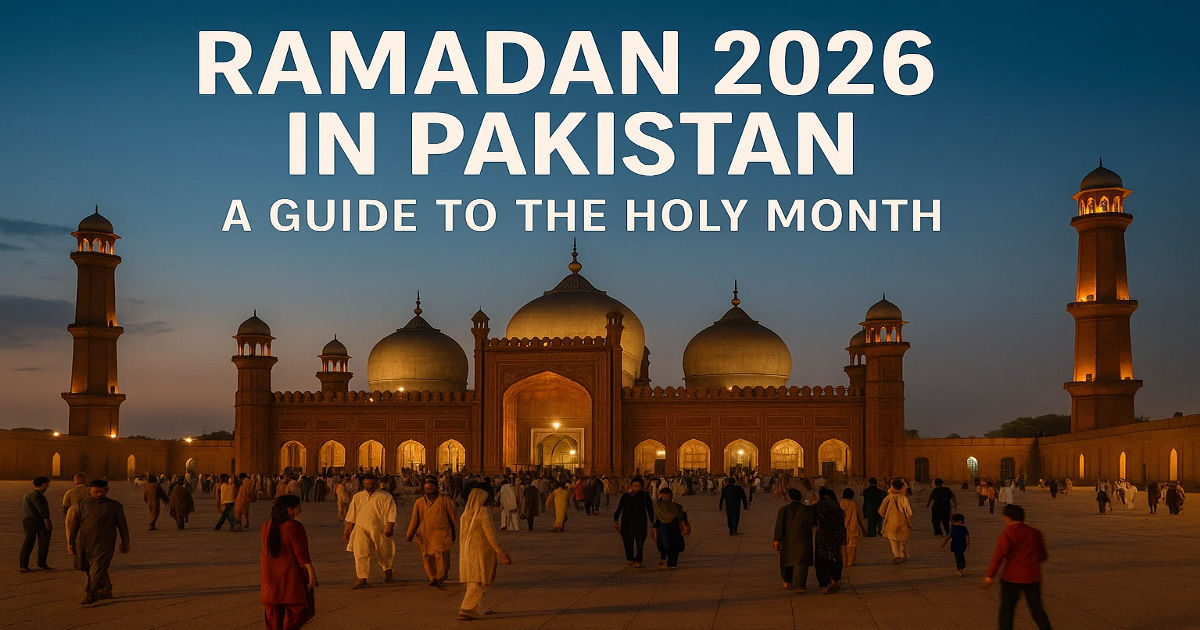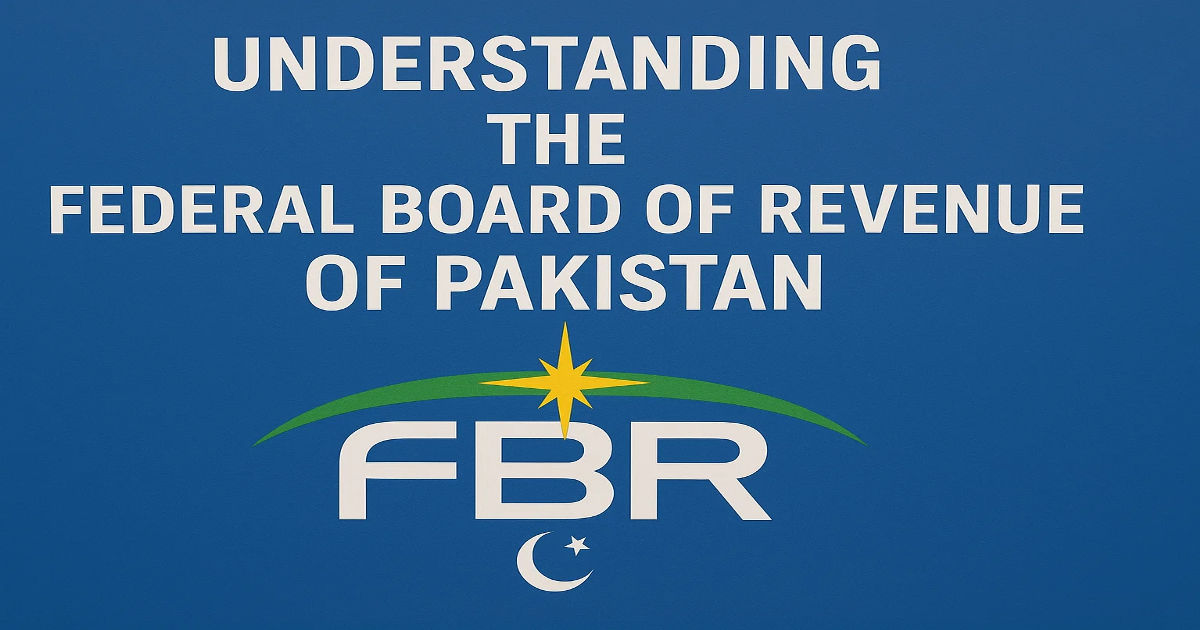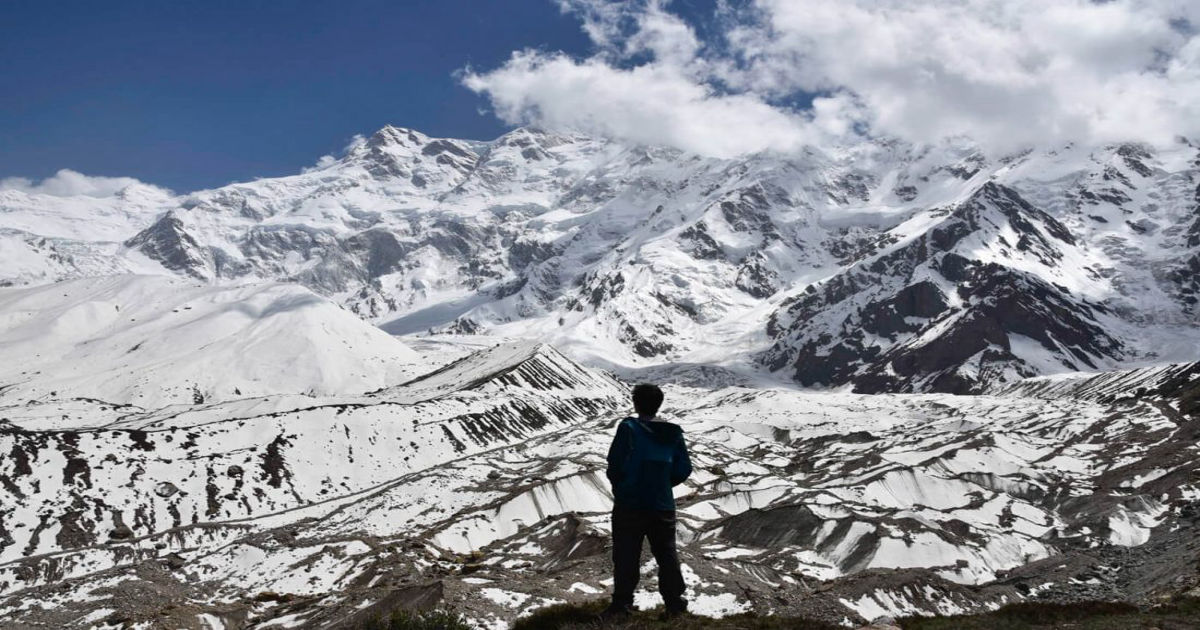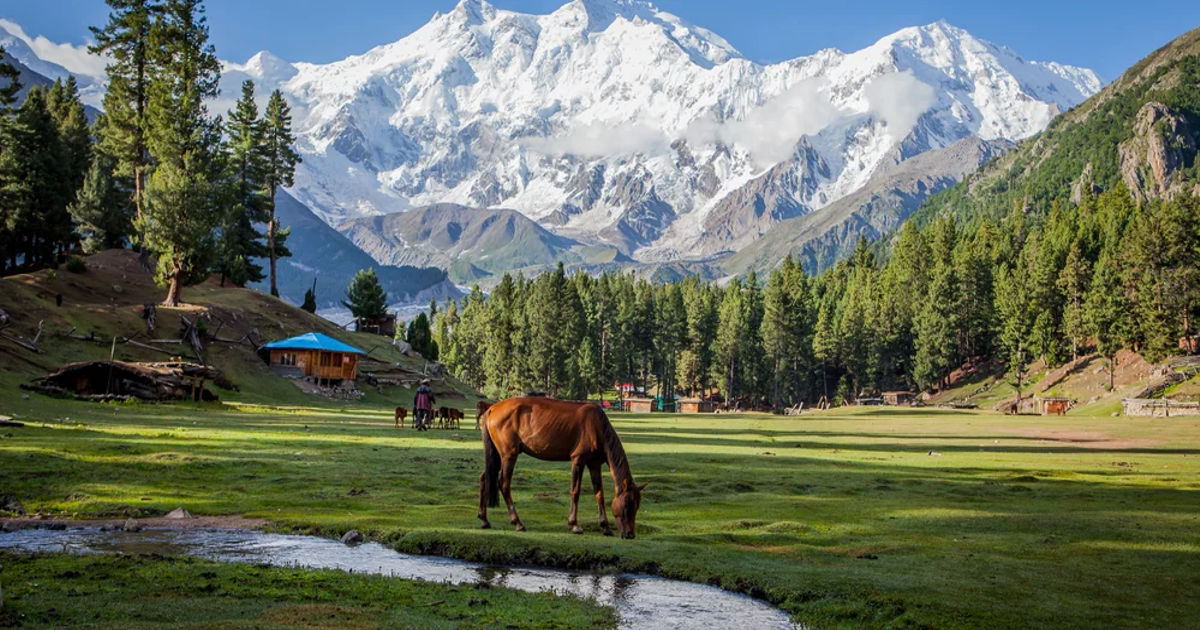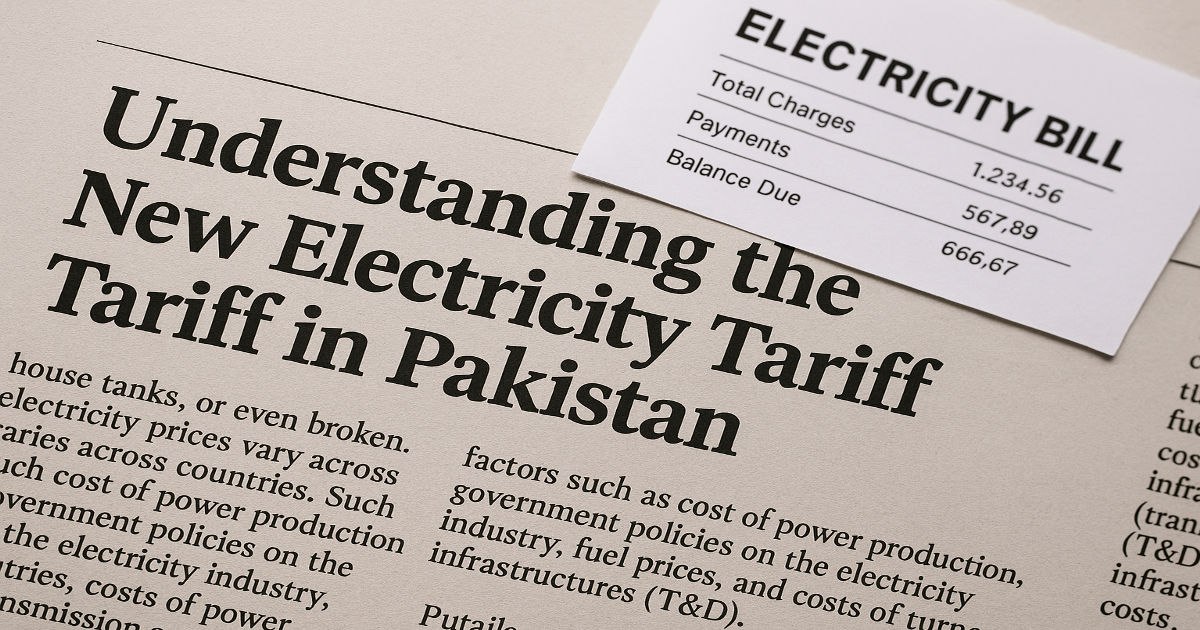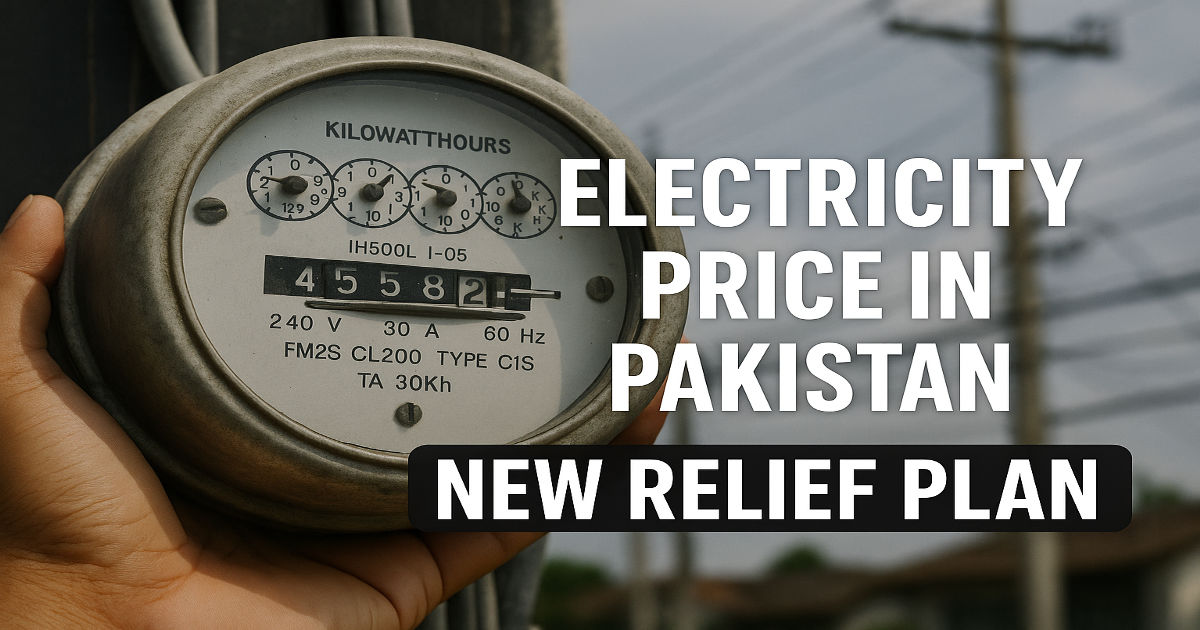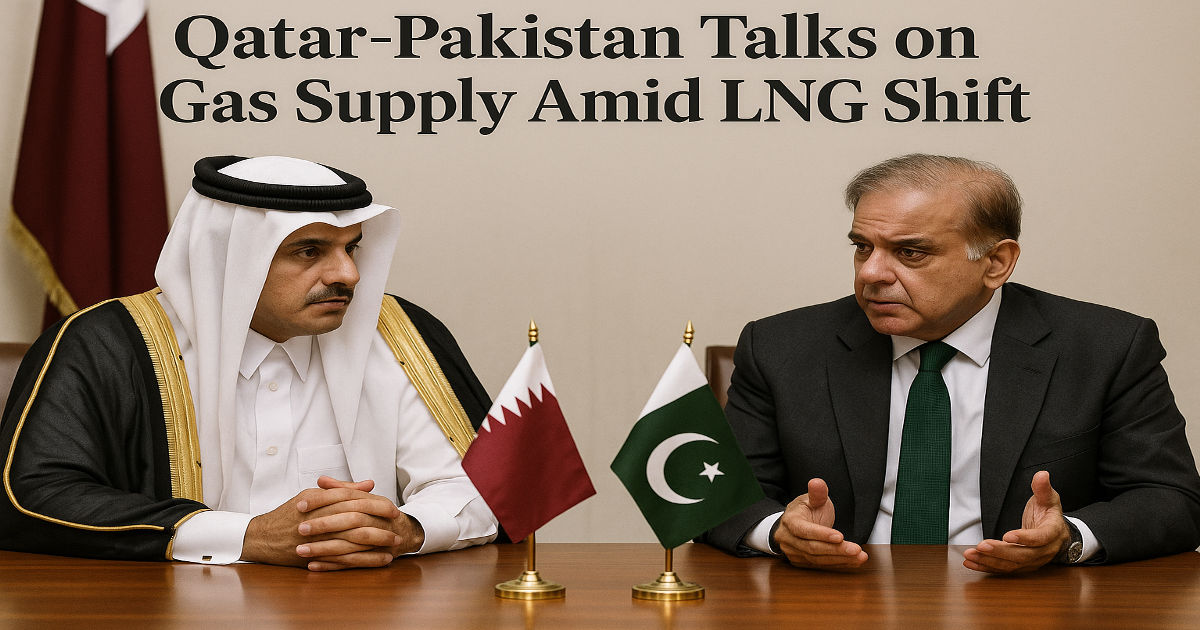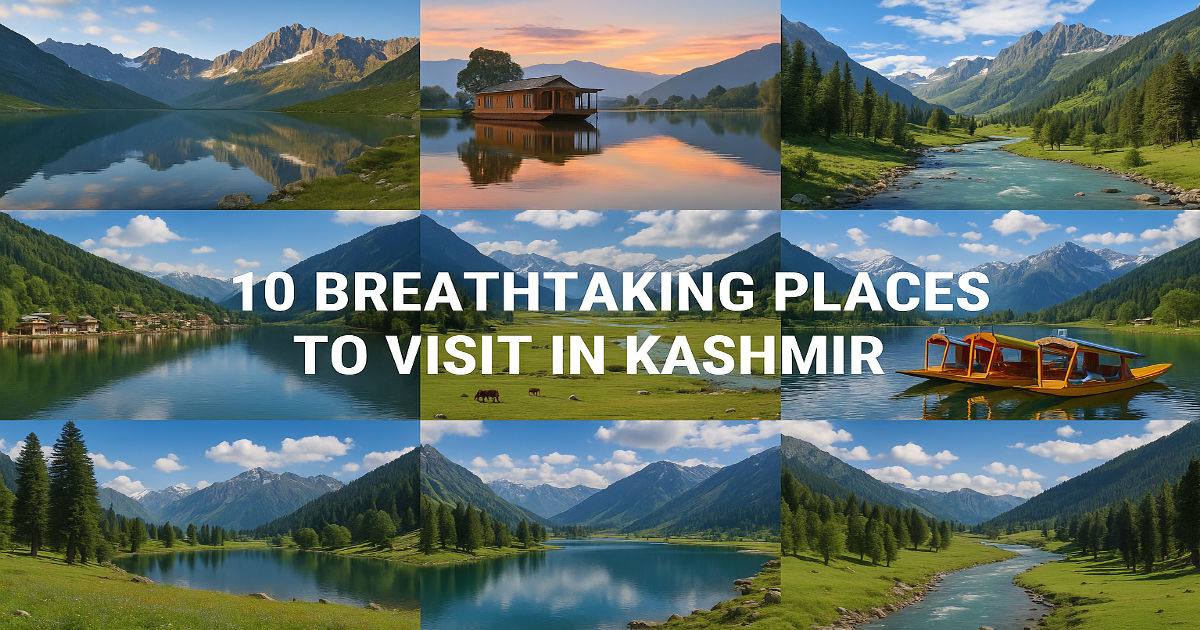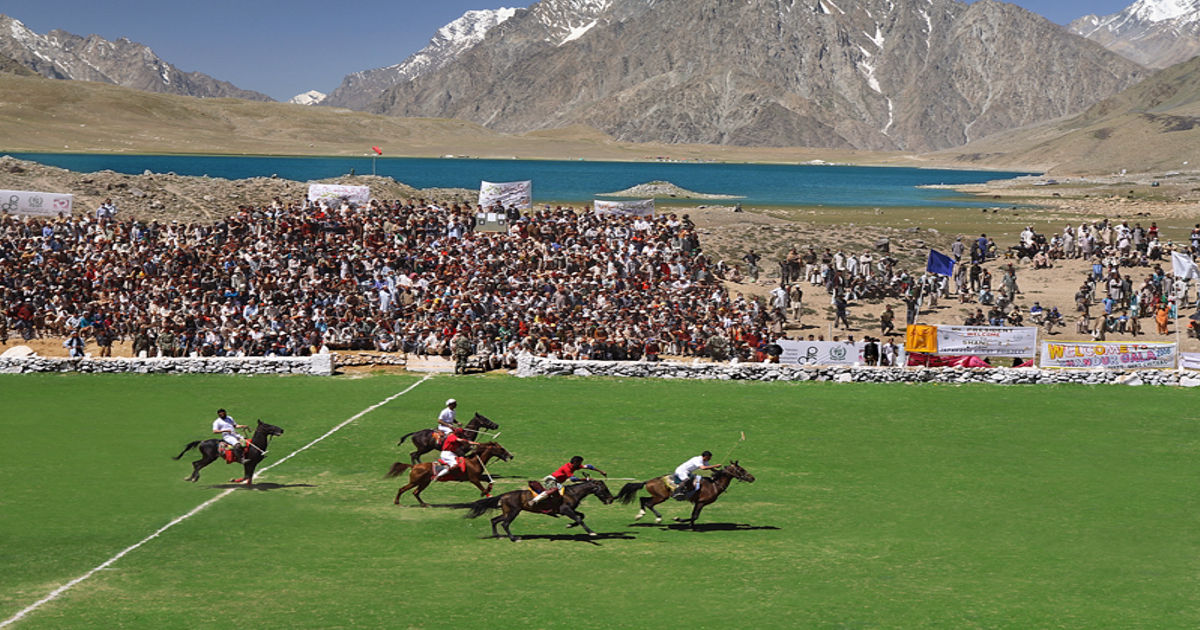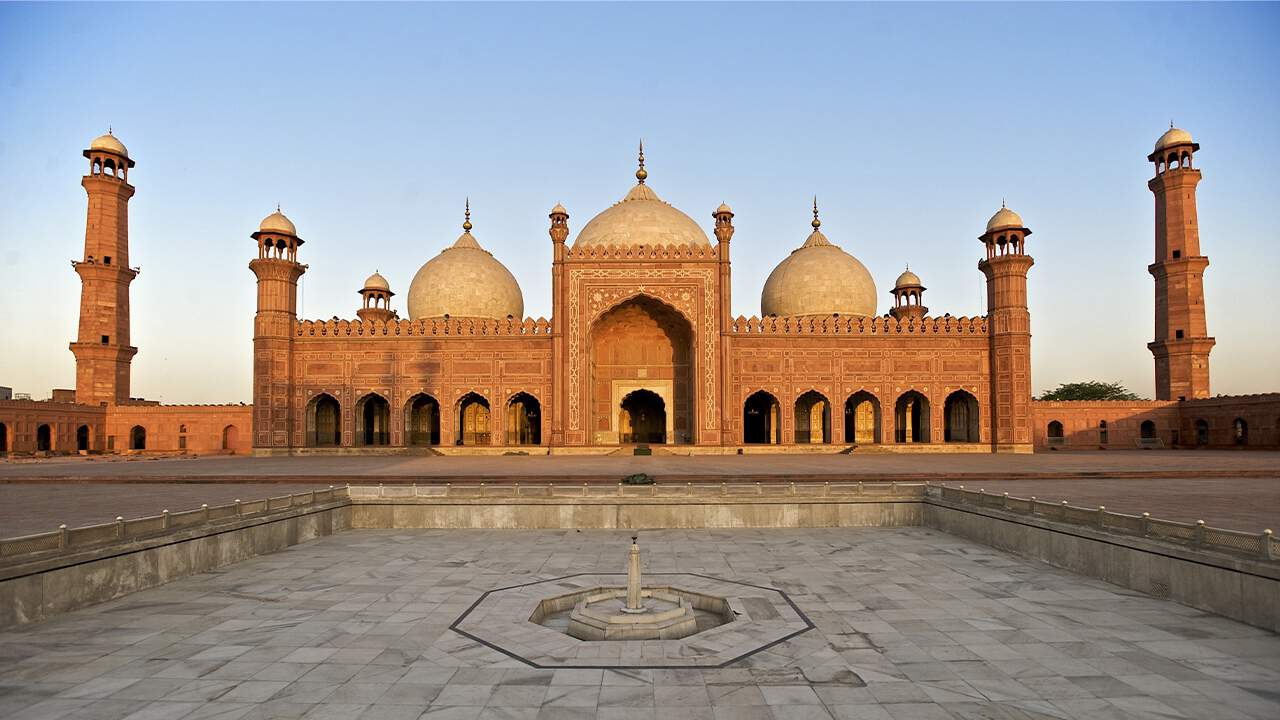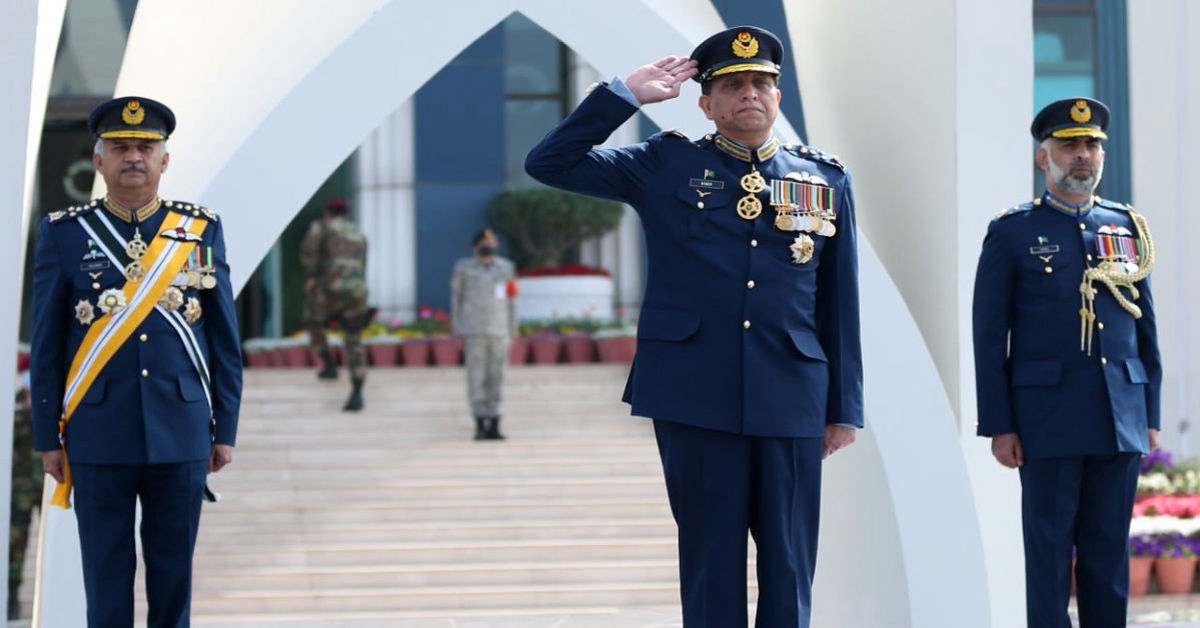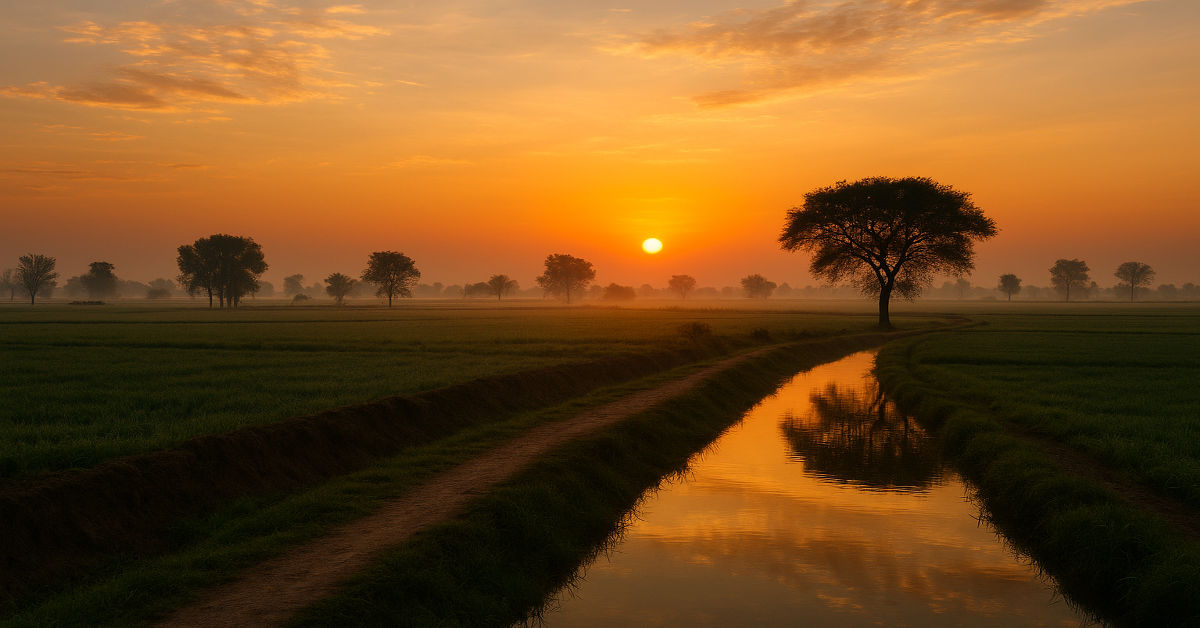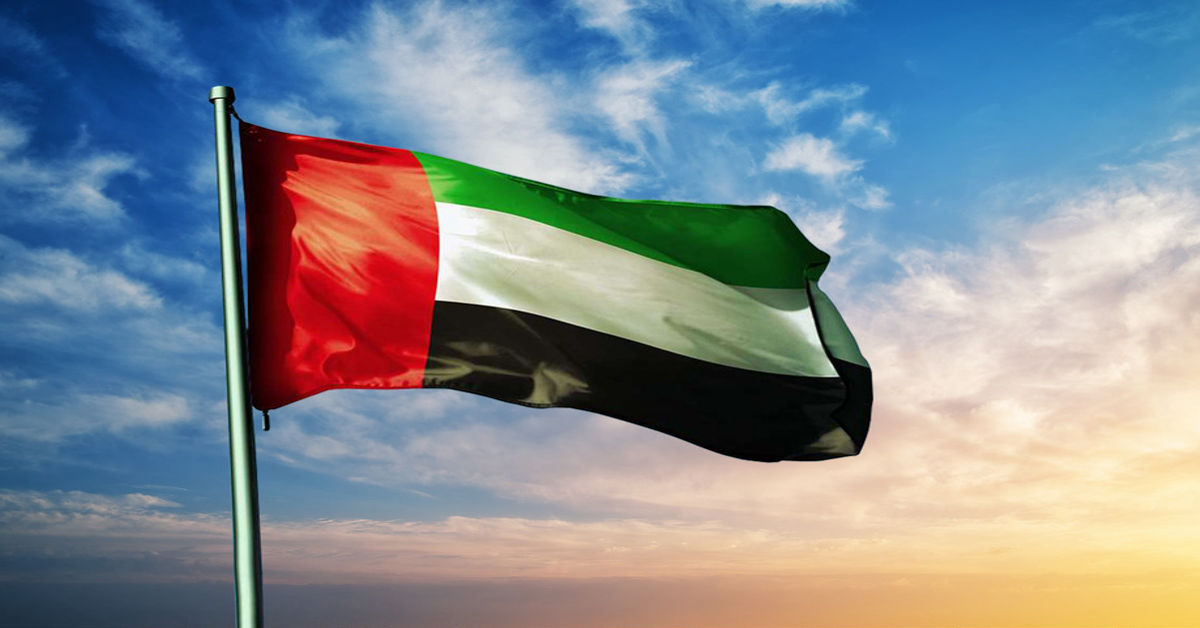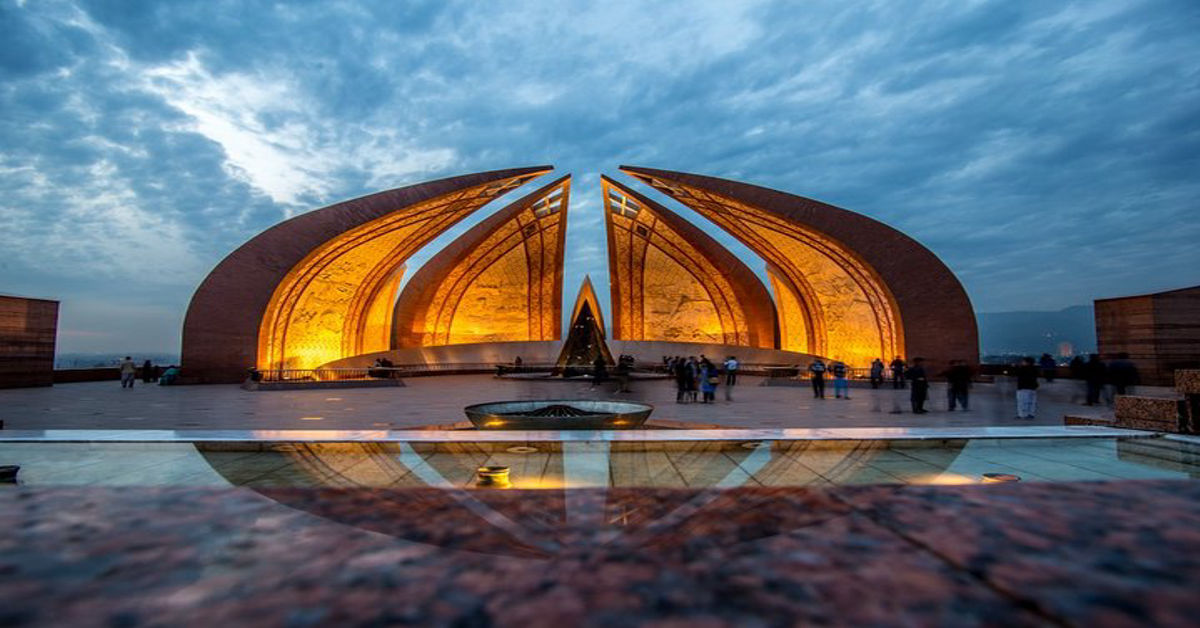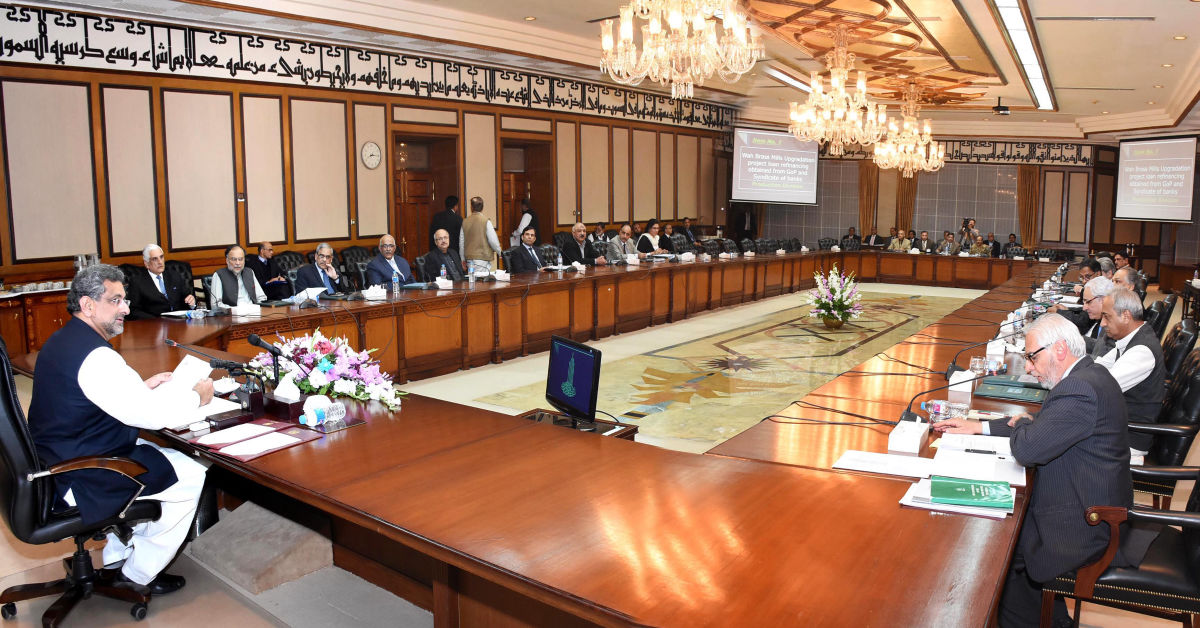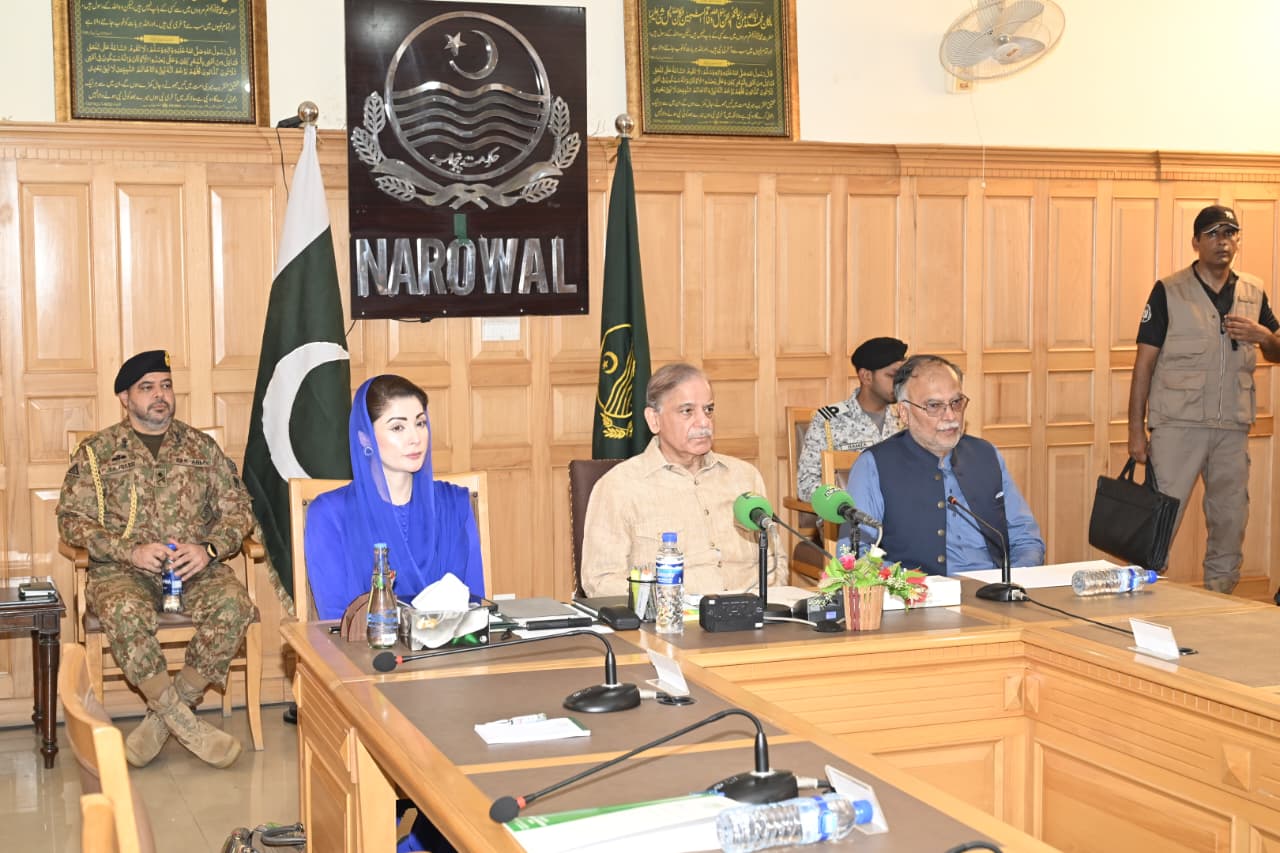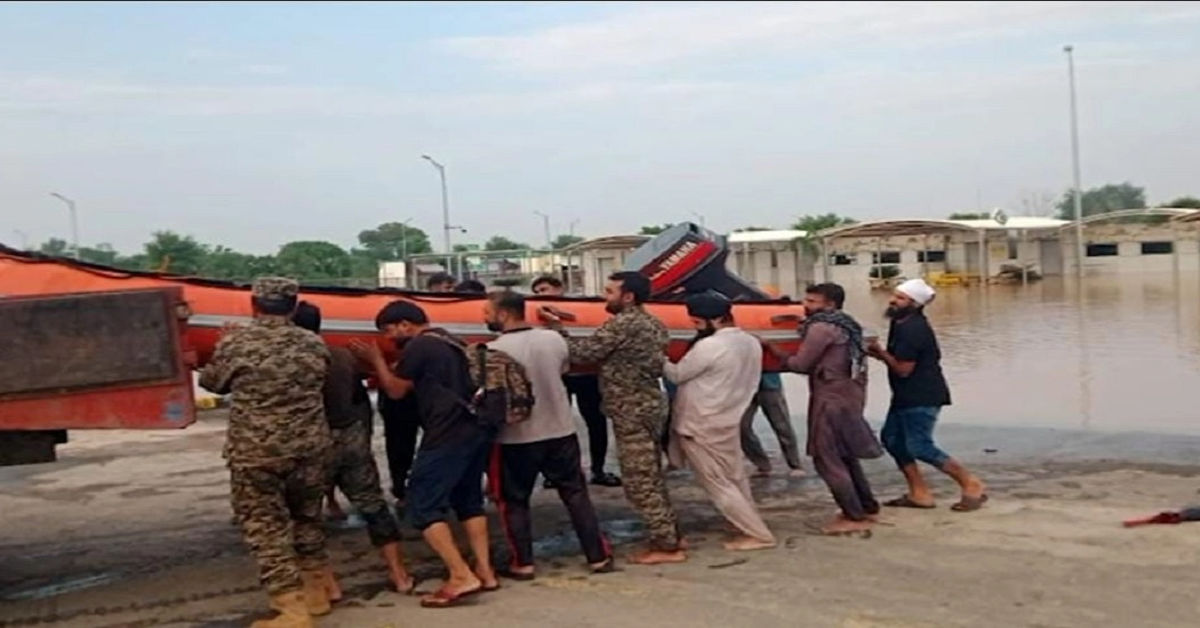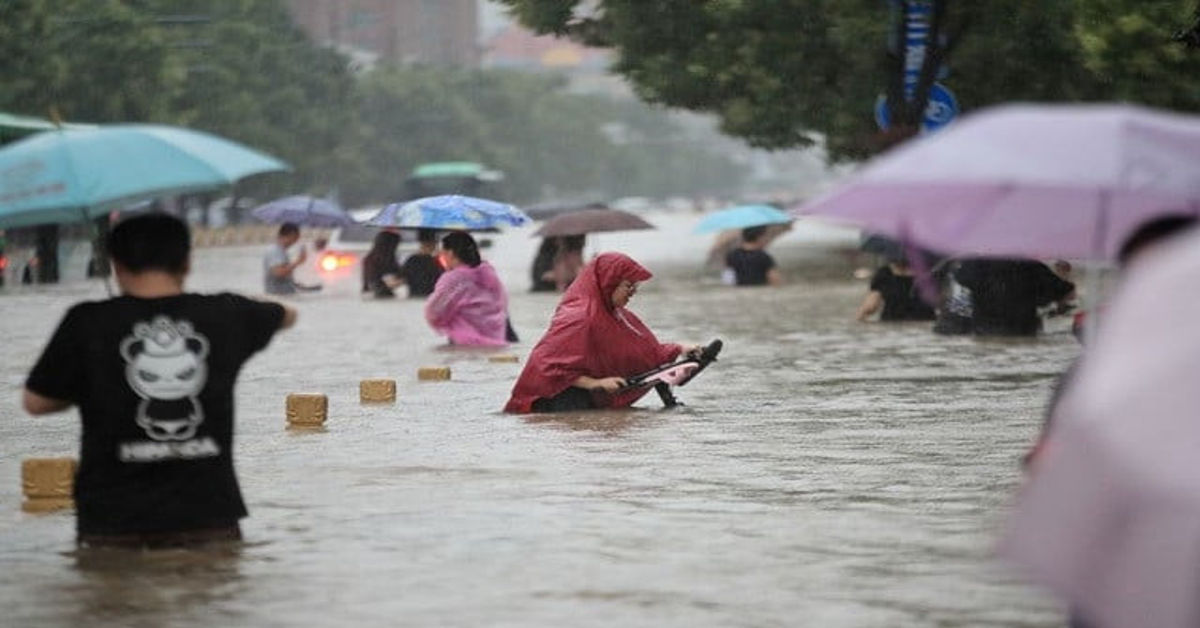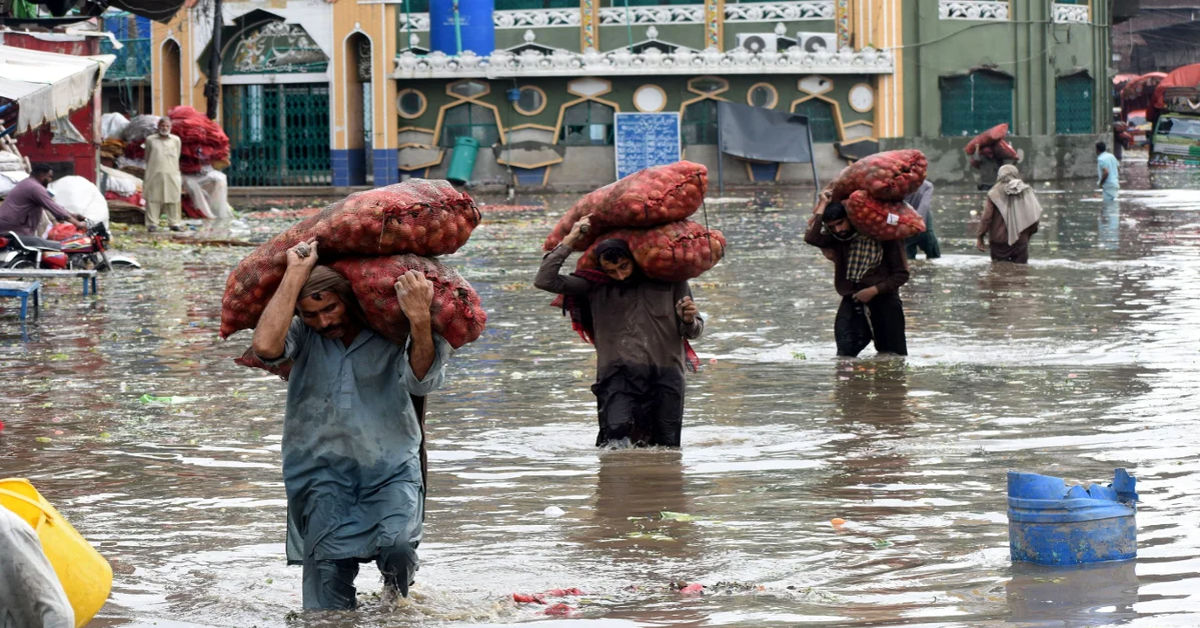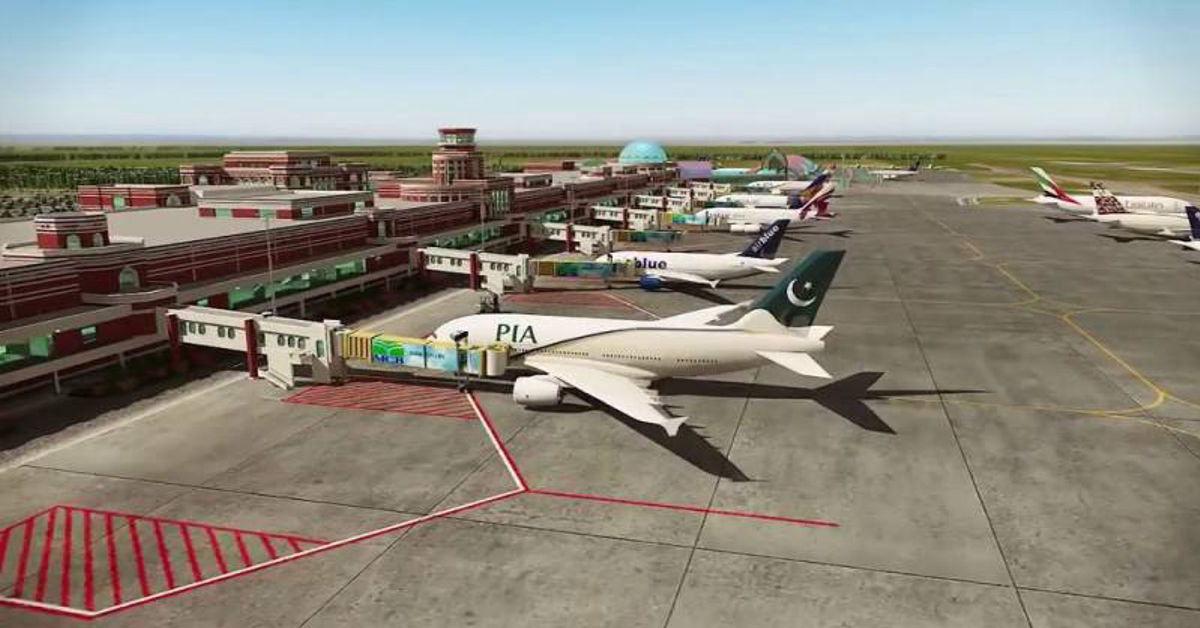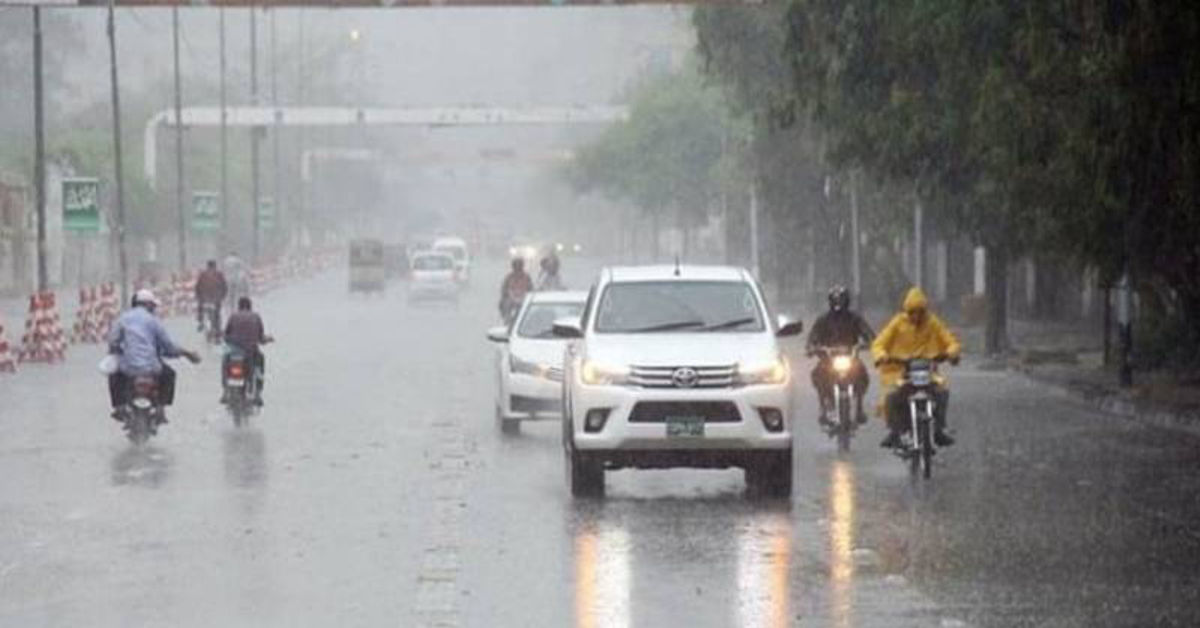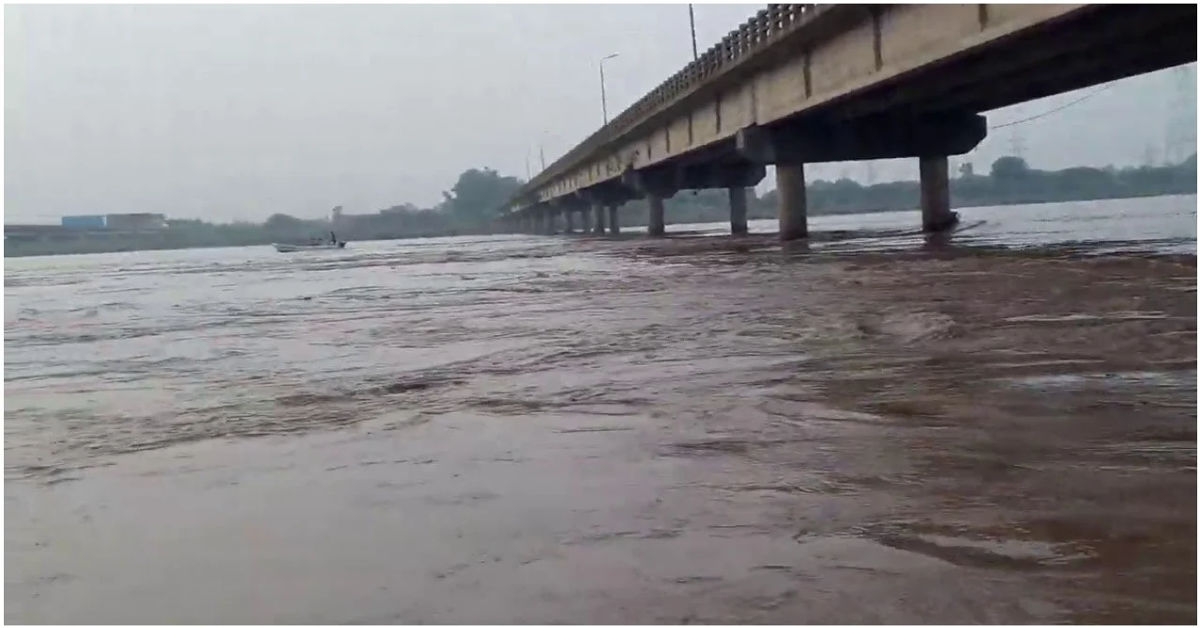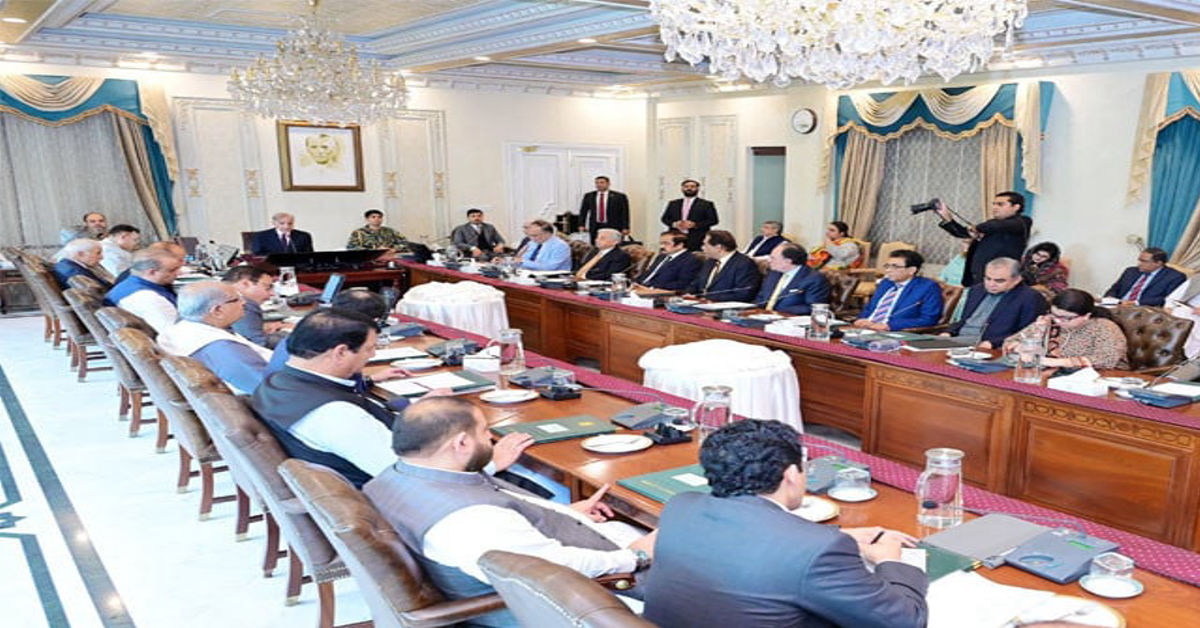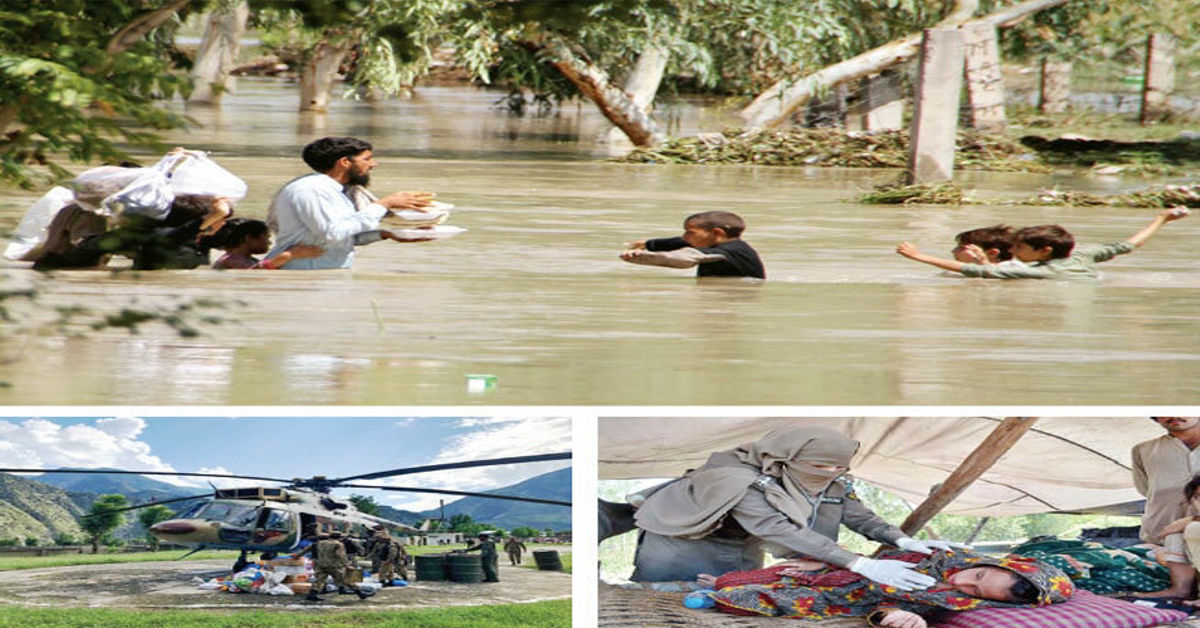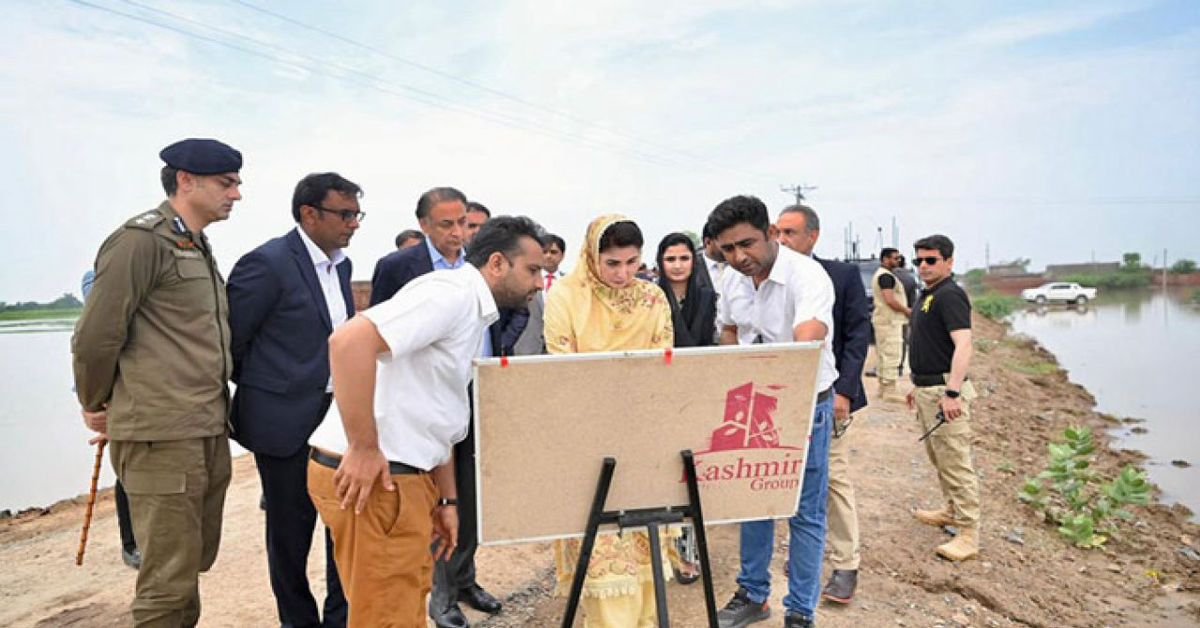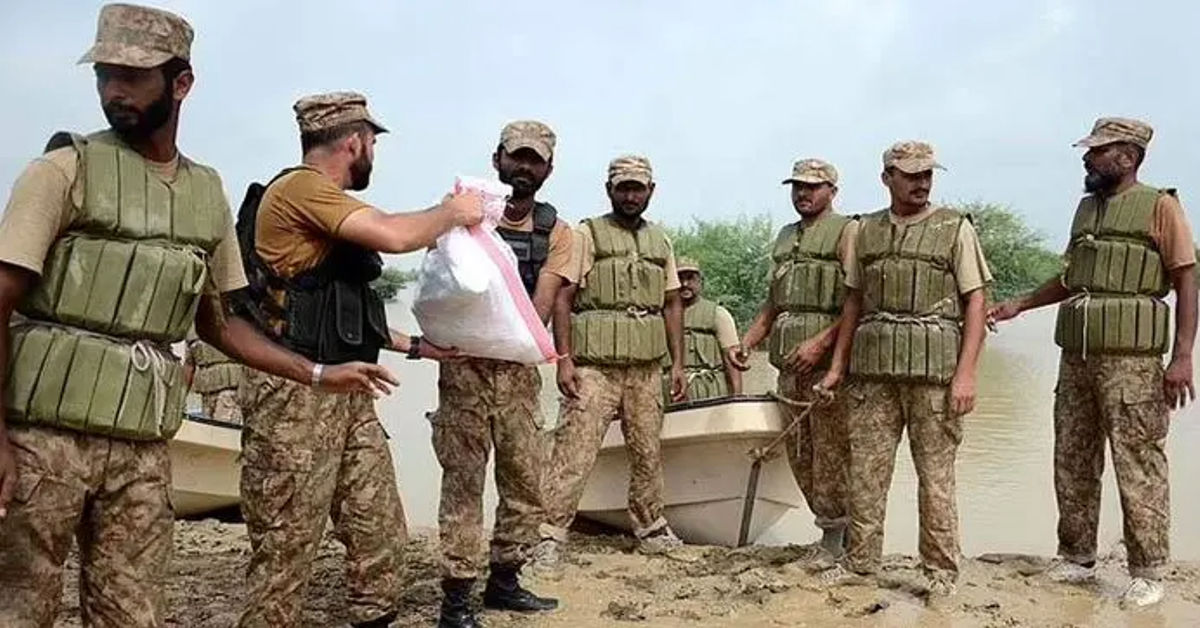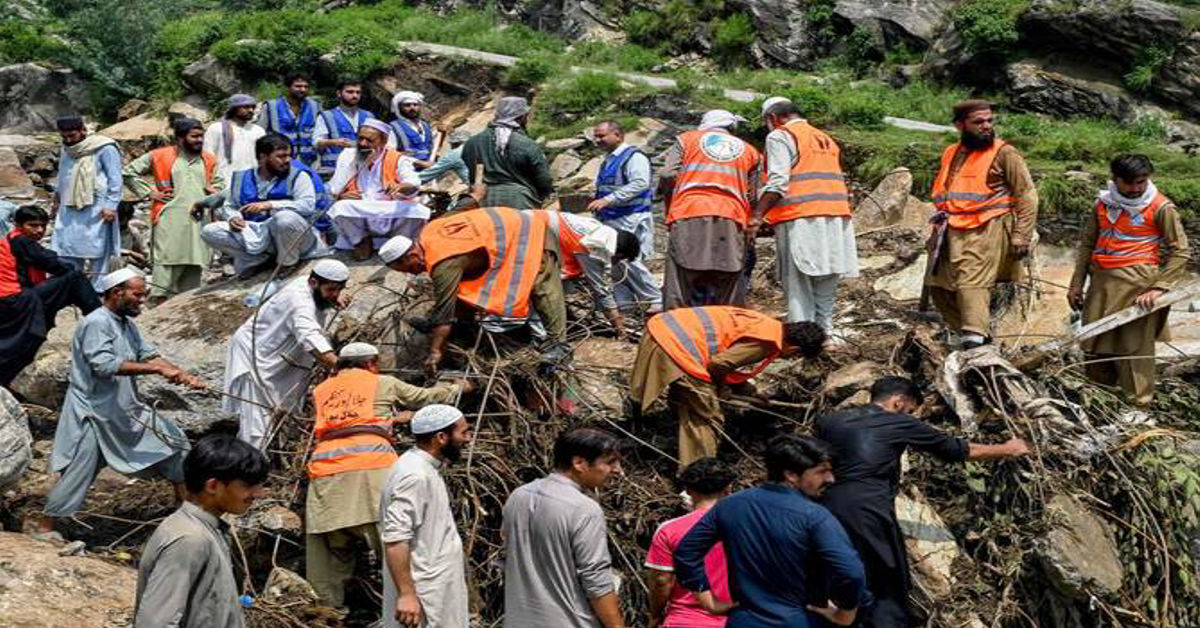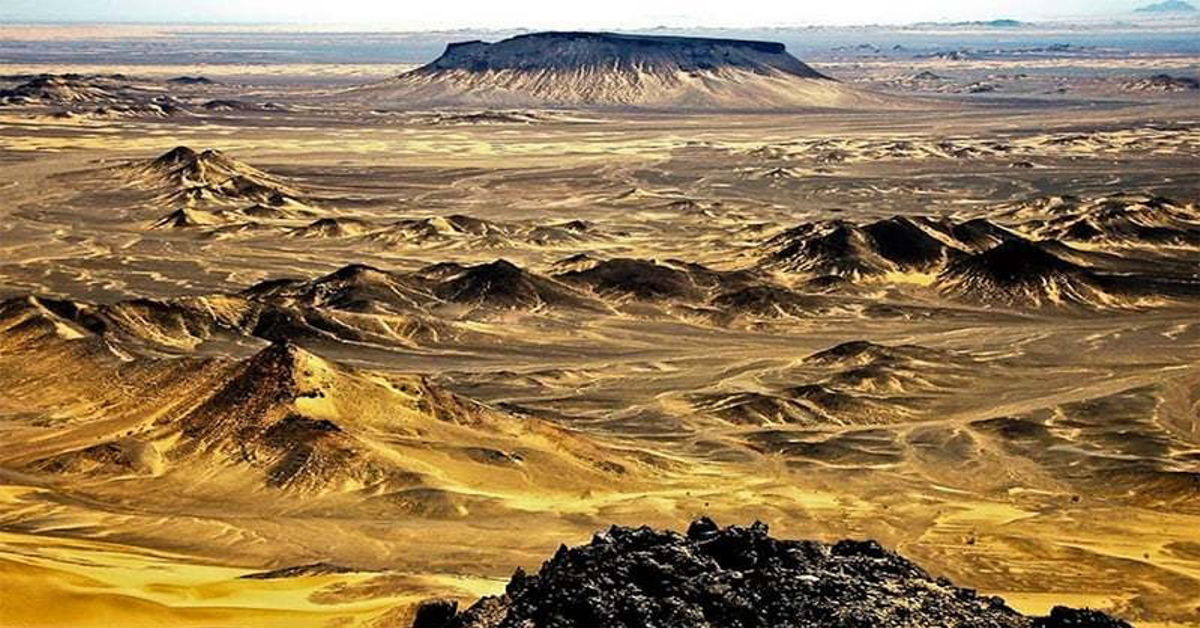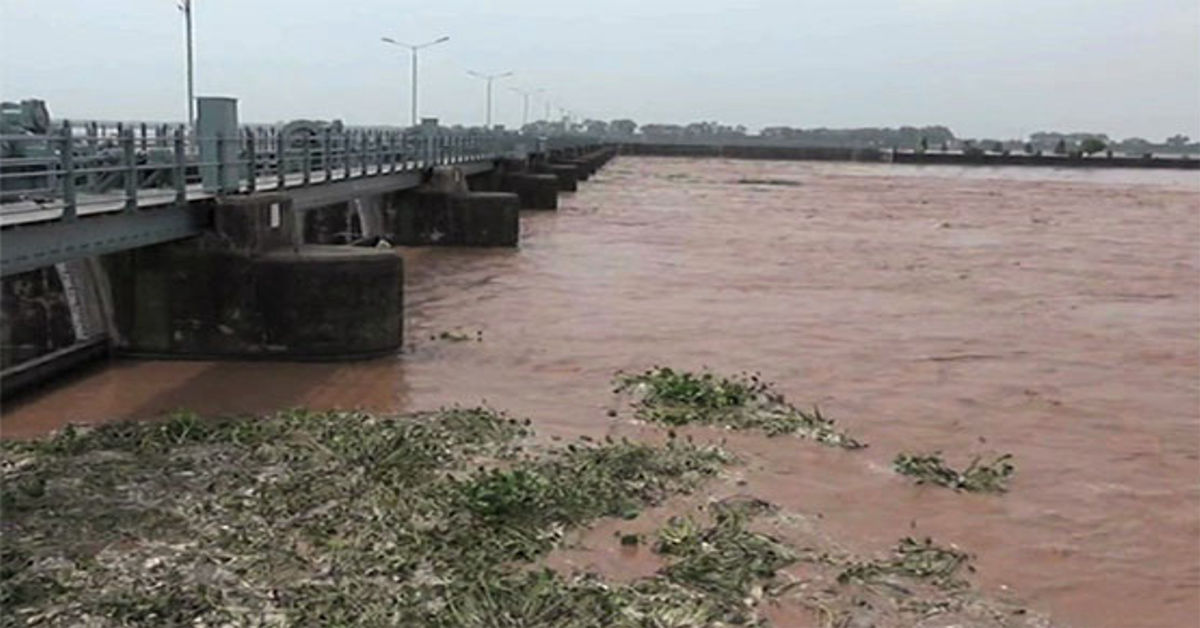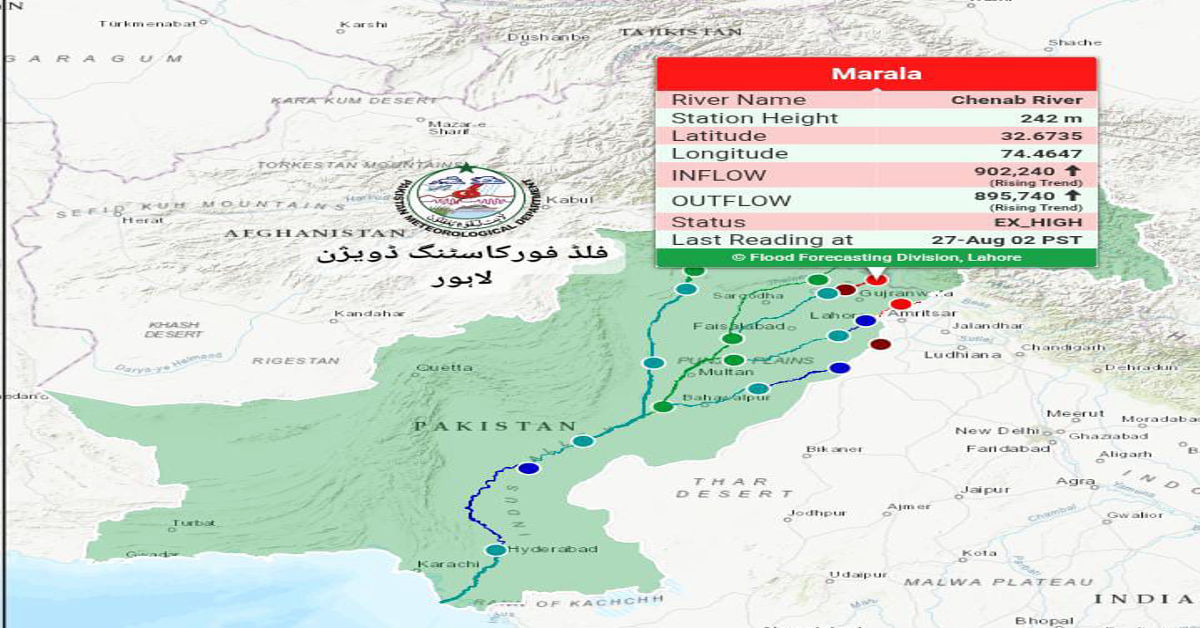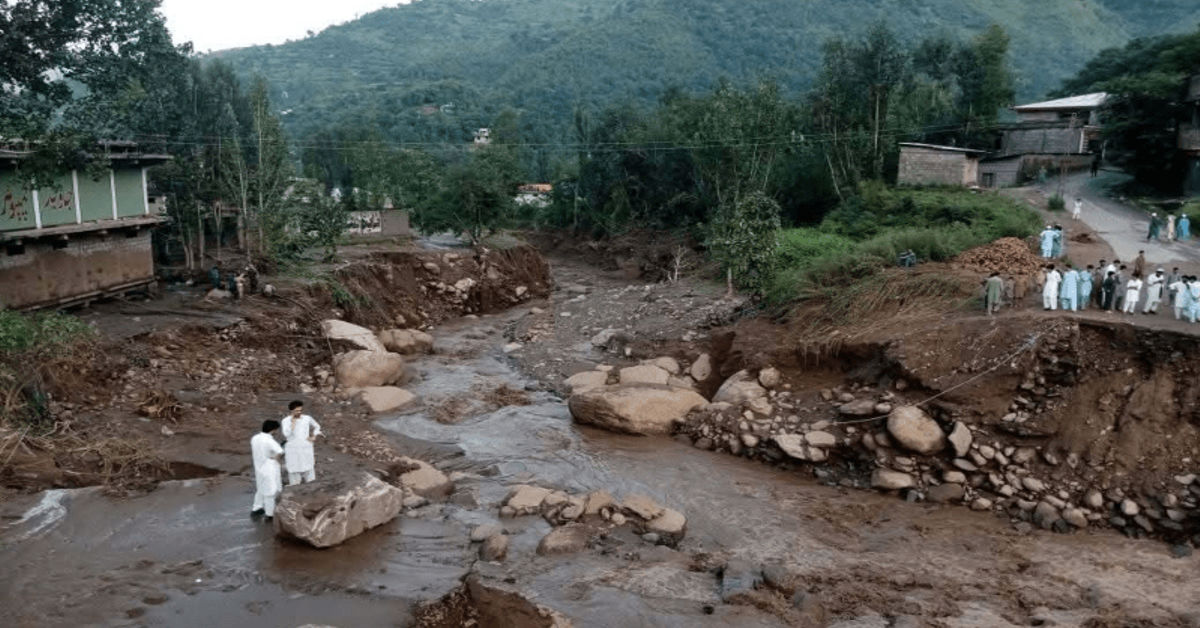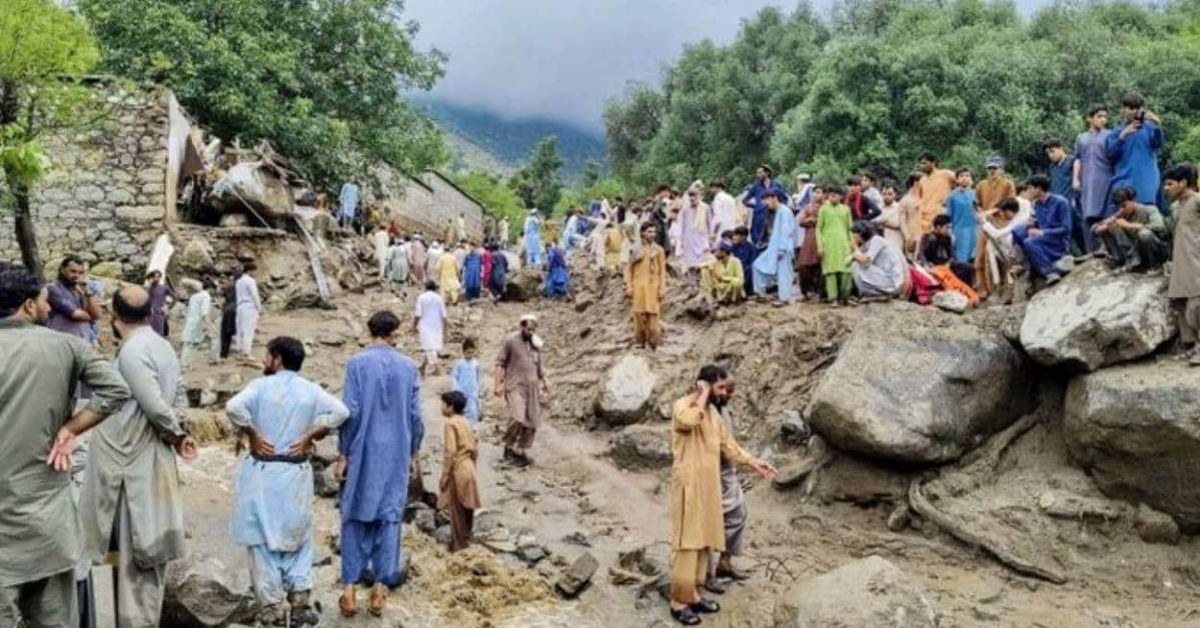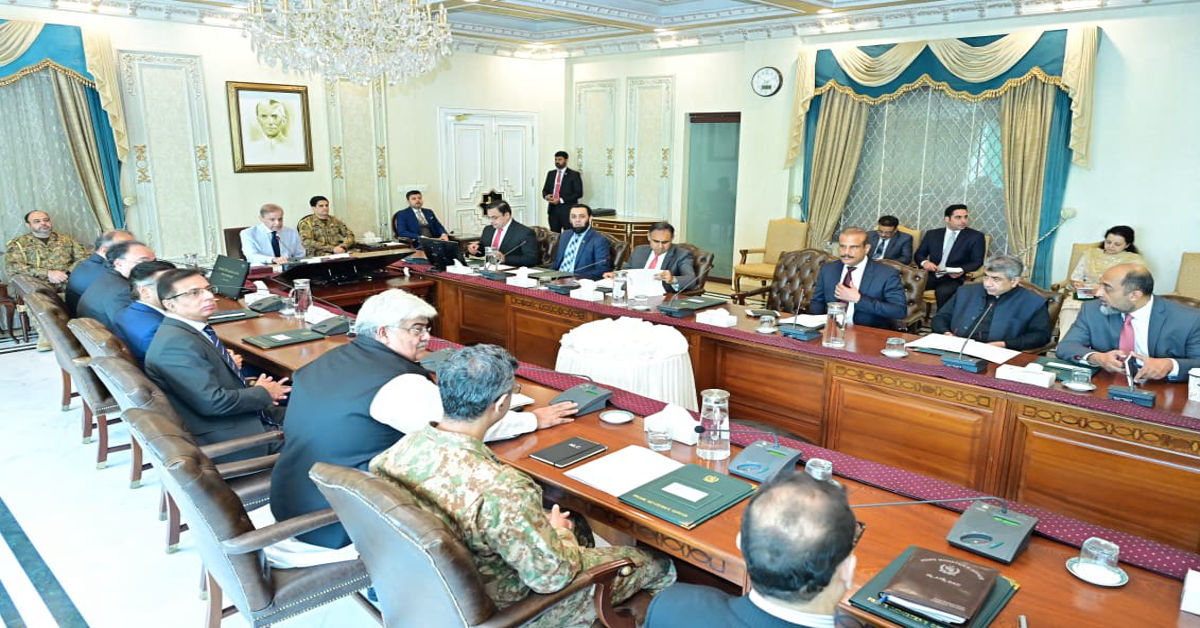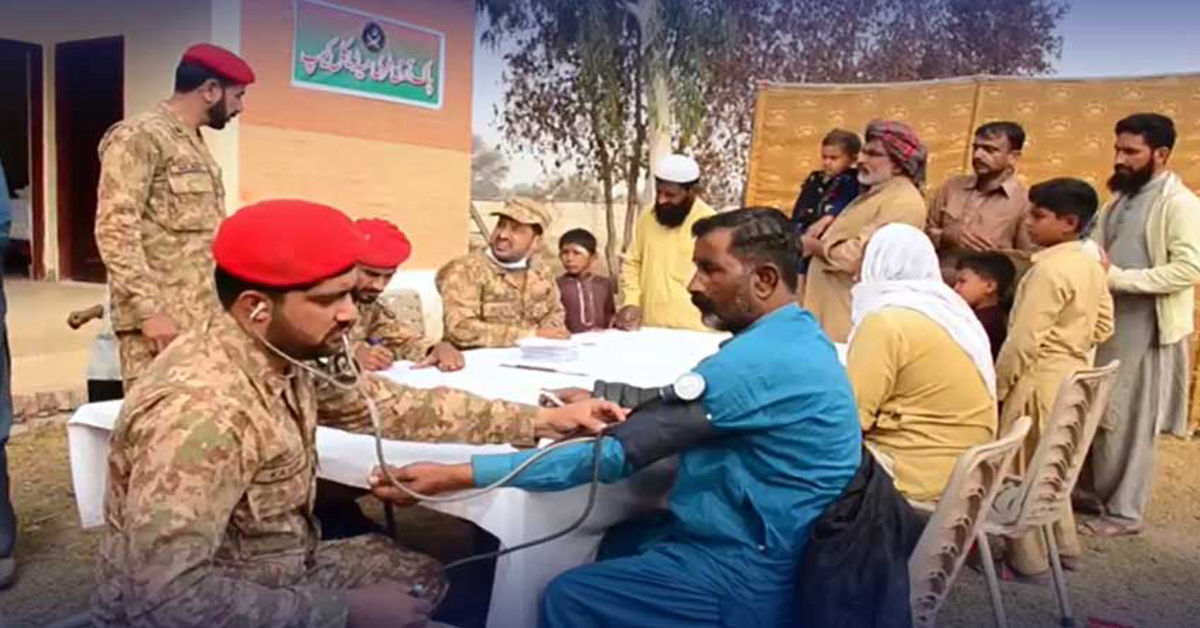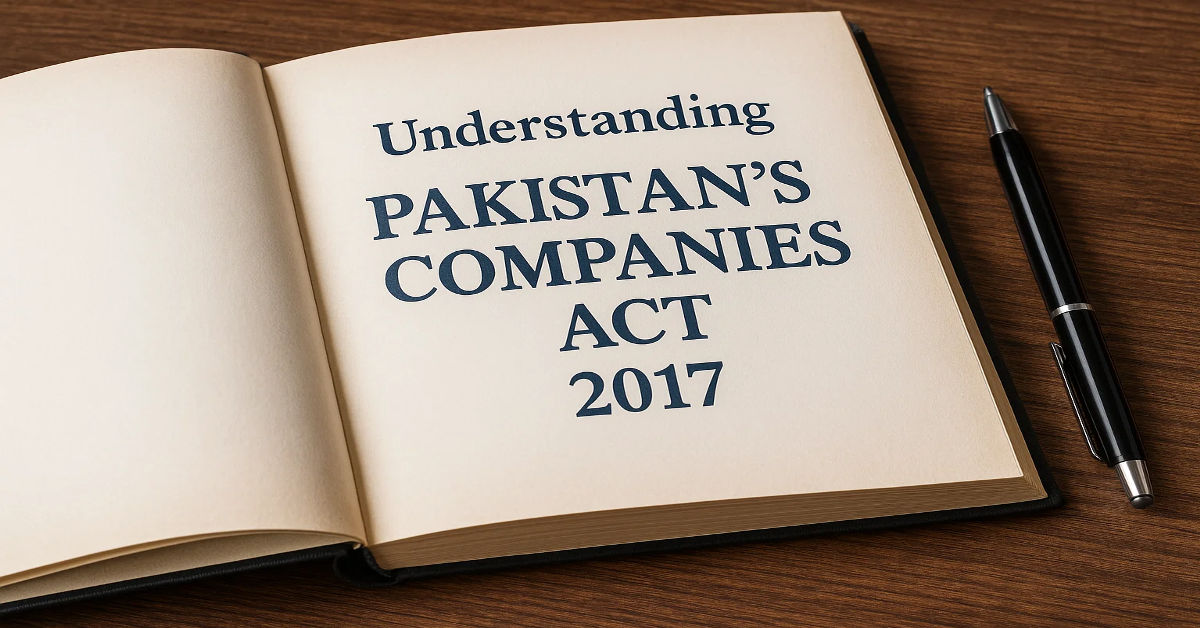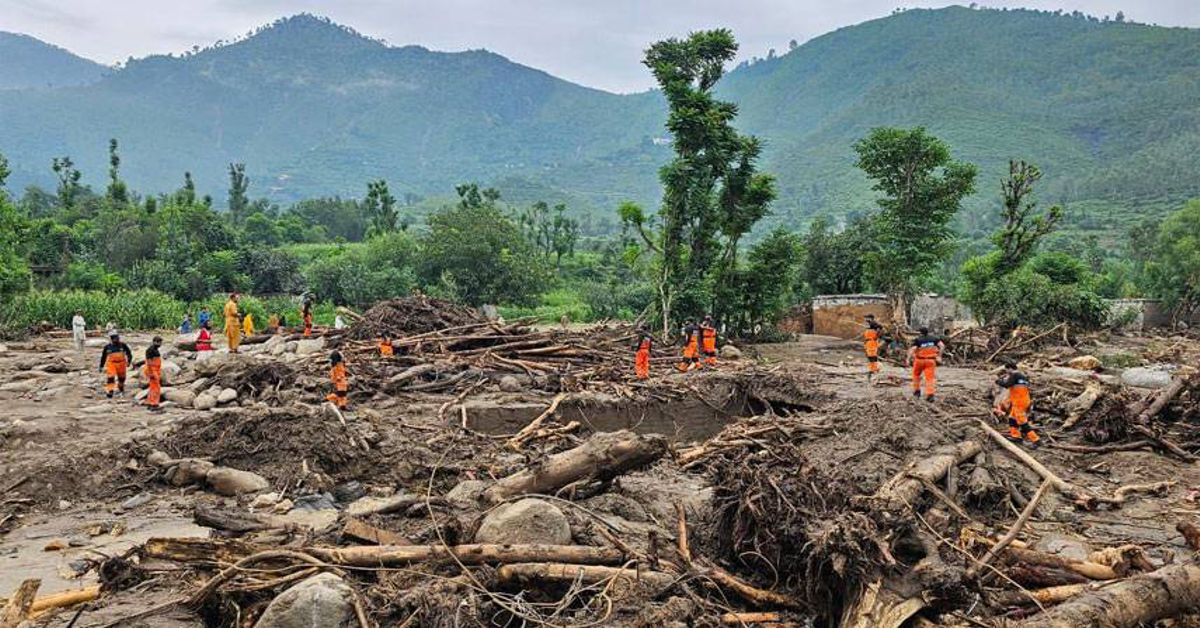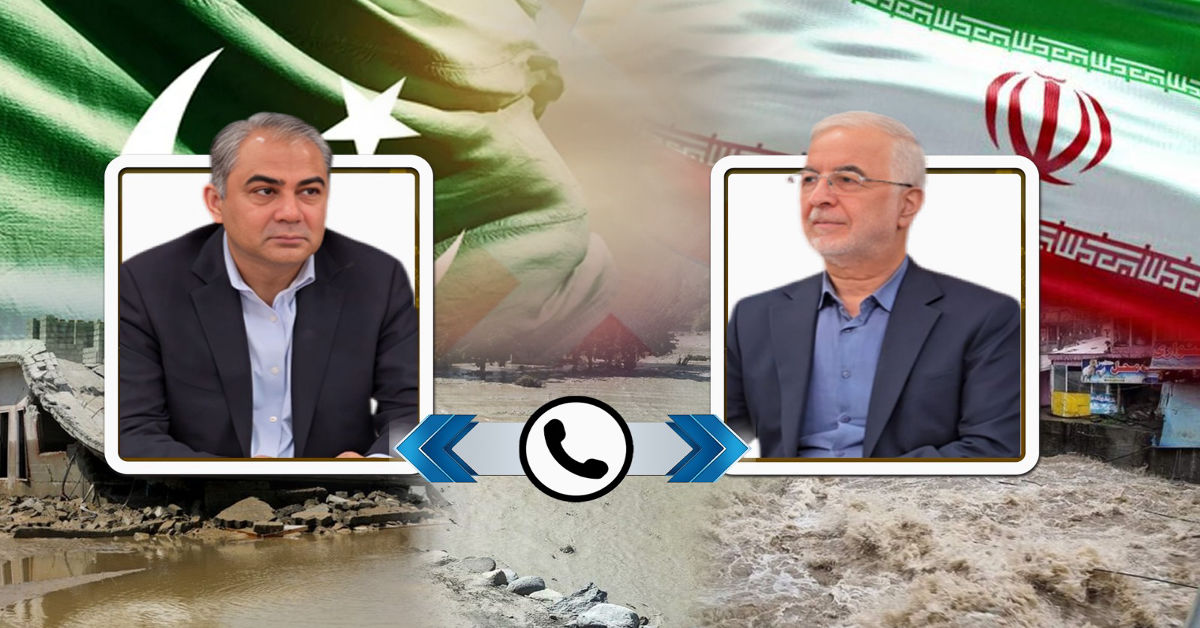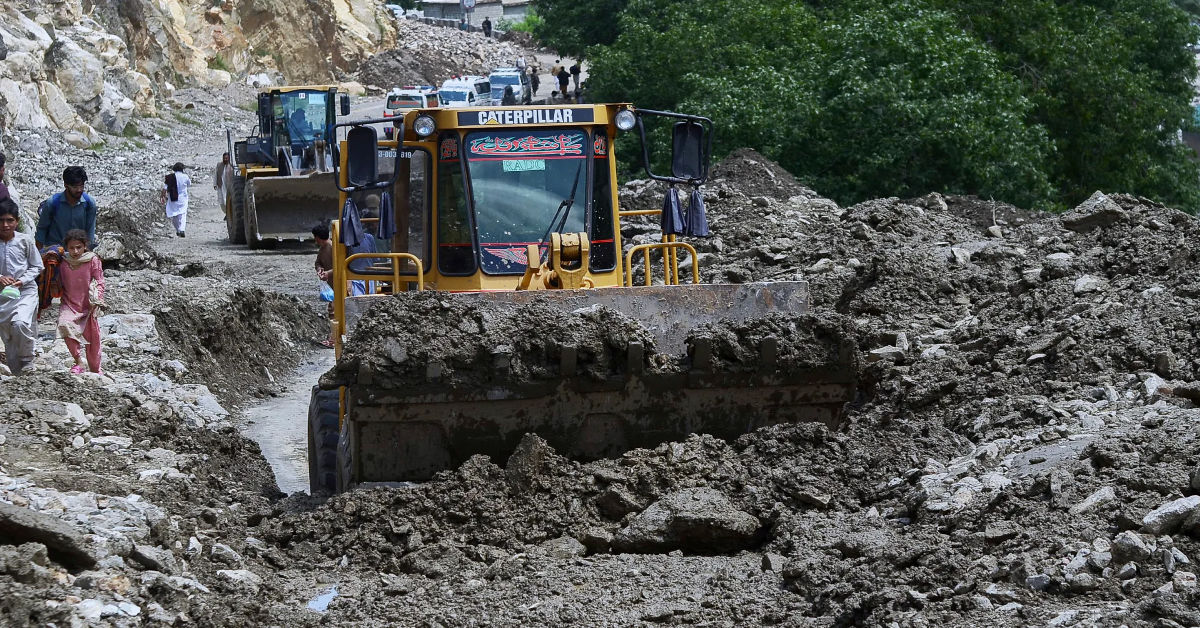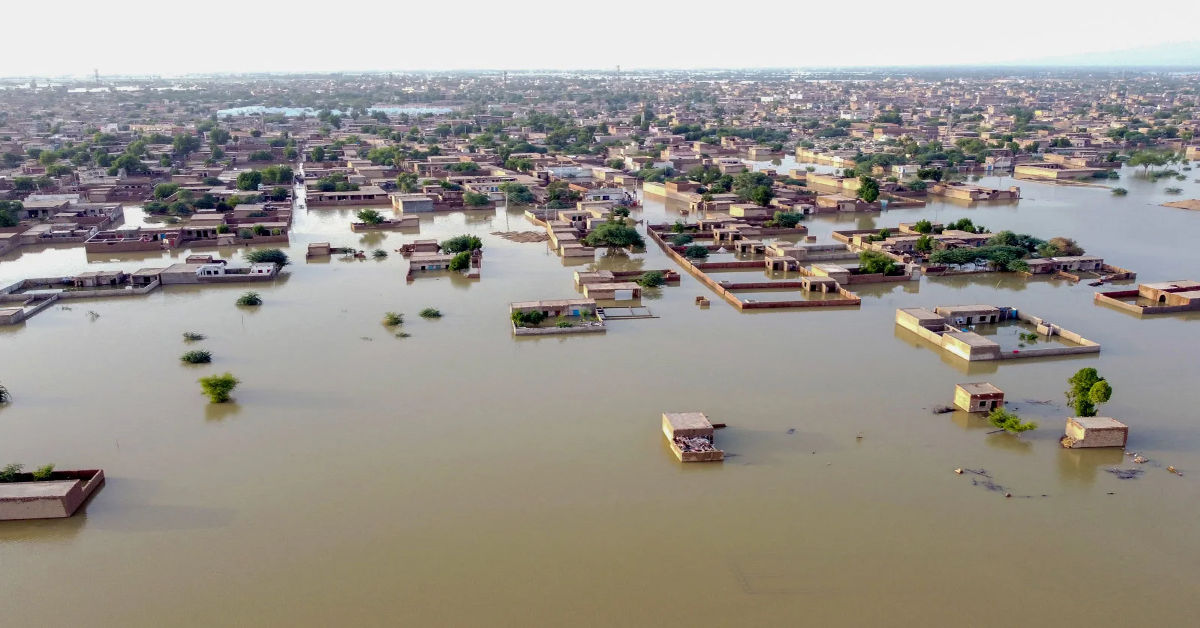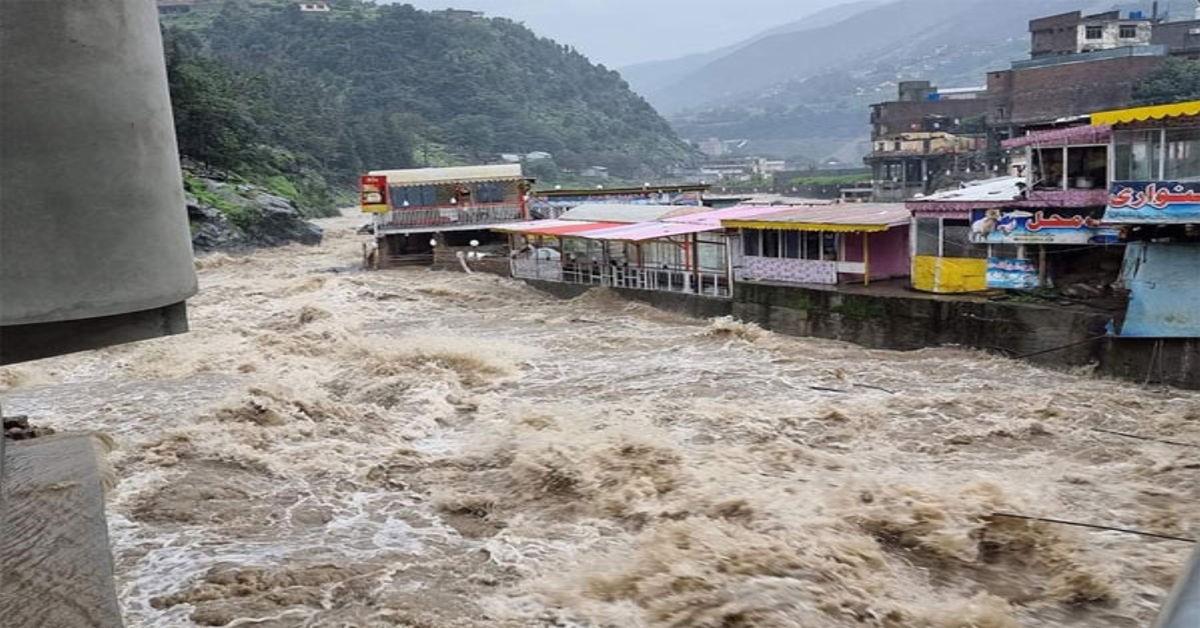
Pakistan is a country blessed with diverse landscapes and a wealth of natural treasures. From towering mountains to fertile plains, its geography plays a key role in providing a variety of natural resources. The natural resources of Pakistan include valuable reserves of minerals, energy resources, forests, and freshwater systems. These resources not only support the economy but also contribute to regional development and employment opportunities. Understanding the extent and importance of these assets is essential for sustainable national growth. With better management and investment, Pakistan can fully harness its resource potential. This article explores the range, benefits, and challenges related to these natural resources.
Mineral Resources: A Hidden Treasure
Pakistan possesses abundant mineral deposits scattered across its provinces. Balochistan, in particular, is rich in minerals like copper, gold, and coal. The Saindak and Reko Diq projects are notable examples of untapped potential. In the north, Khyber Pakhtunkhwa is home to gemstones such as emeralds and rubies. Rock salt from Punjab’s Khewra Mines is among the oldest and largest in the world. Despite the wealth, much of Pakistan’s mineral sector remains underdeveloped due to lack of technology, infrastructure, and investment. With strategic planning, the mining industry can emerge as a key pillar of the economy.
Energy Resources: Fueling the Nation
Pakistan has substantial energy reserves that are crucial for its development. These include coal, natural gas, and hydropower key components of the natural resources of Pakistan. The Thar Desert holds one of the largest coal deposits in the world, while Sui in Balochistan has long provided natural gas to meet domestic energy needs. The Indus River system also offers vast potential for hydropower generation, much of which remains untapped. In addition, the country is gradually investing in renewable sources like solar and wind. Proper utilization of these energy assets is vital to resolving Pakistan’s energy crisis and driving industrial progress.
Agricultural Land and Water Resources
Pakistan’s economy has long been supported by agriculture, made possible by fertile soil and a vast irrigation network. The Indus River and its tributaries form the backbone of the irrigation system, making Pakistan one of the world’s largest producers of crops like wheat, rice, and cotton. However, water scarcity is becoming a growing concern due to climate change and poor management. Underground water levels are also declining in many regions. The conservation of water and modernization of irrigation practices are essential to maintaining productivity and ensuring food security in the future.
Forests and Biodiversity
Forests cover about 5% of Pakistan’s land area, with major forest zones in the northern areas and along the riverbanks. These forests provide timber, fuelwood, and support local wildlife. Mangrove forests in Sindh’s coastal belt serve as vital ecosystems for marine life. Despite their importance, deforestation remains a major challenge, driven by population pressure and illegal logging. Biodiversity loss is also a growing concern due to habitat destruction. Sustainable forest management and afforestation efforts can help restore the ecological balance and protect endangered species.
Marine and Fishery Resources
In addition to land-based resources, Pakistan benefits from rich marine biodiversity along its 1,046-kilometer coastline. This coastal wealth is an important part of the natural resources of Pakistan, offering vast opportunities for the fishing industry that supports thousands of livelihoods in coastal communities. Major fishing hubs such as Karachi, Gwadar, and Pasni are central to the country’s seafood exports. However, overfishing, pollution, and outdated equipment continue to hinder growth. By promoting sustainable fishing practices, improving regulations, and introducing modern technology, this sector can be revitalized to boost employment and enhance export capacity.
Wildlife and Ecotourism Potential
Pakistan’s varied climate zones support a wide range of wildlife, including snow leopards, markhor, ibex, and a rich variety of birds. Protected areas such as national parks and wildlife sanctuaries play a vital role in conserving these species. Regions like Hunza, Swat, and Skardu also offer stunning landscapes that are ideal for ecotourism. Promoting wildlife tourism can generate revenue while raising awareness about conservation. Government and private partnerships are essential to develop eco-friendly tourism infrastructure without harming the natural environment.
Challenges in Resource Management
Despite having numerous resources, Pakistan struggles with effective resource management. Mismanagement, corruption, lack of data, and environmental degradation are some of the barriers to sustainable development. Industrial pollution and unregulated exploitation have taken a toll on the environment. There’s also a disconnect between resource-rich areas and local community benefits, often leading to unrest. Policies need to focus on transparent governance, community involvement, and long-term planning to overcome these hurdles. Education and research are also vital in fostering a culture of sustainable resource use.
Role of Technology and Innovation
Technology can play a transformative role in the efficient use of natural resources. From satellite mapping for mineral exploration to smart irrigation systems in agriculture, innovation offers new ways to enhance productivity. Renewable energy technologies like solar panels and wind turbines are becoming more accessible. With proper investment, Pakistan can modernize its resource extraction and management processes. Partnerships with international experts and institutions can also bring in the latest tools and practices. The future of resource development lies in adopting smart, sustainable, and inclusive strategies.
Conclusion
The country’s economic growth, regional development, and national progress are closely tied to how the natural resources of Pakistan are utilized. From minerals and energy to agriculture and biodiversity, these valuable assets must be preserved and managed responsibly. However, challenges such as poor governance, environmental degradation, and technological limitations need to be addressed through effective and coordinated policy measures. With sustainable management, these resources can fulfill present needs while ensuring a better future for upcoming generations. Through a unified vision and dedicated efforts, Pakistan has the potential to convert its natural wealth into enduring prosperity.

